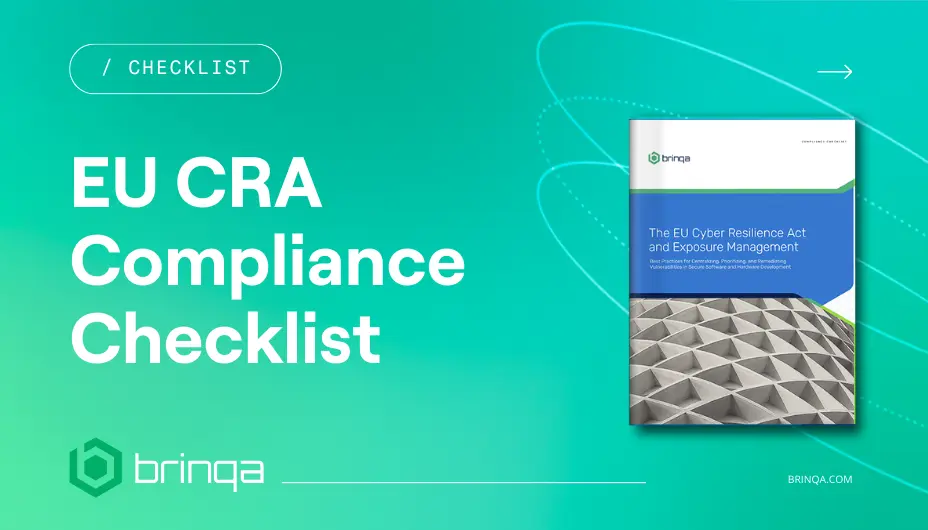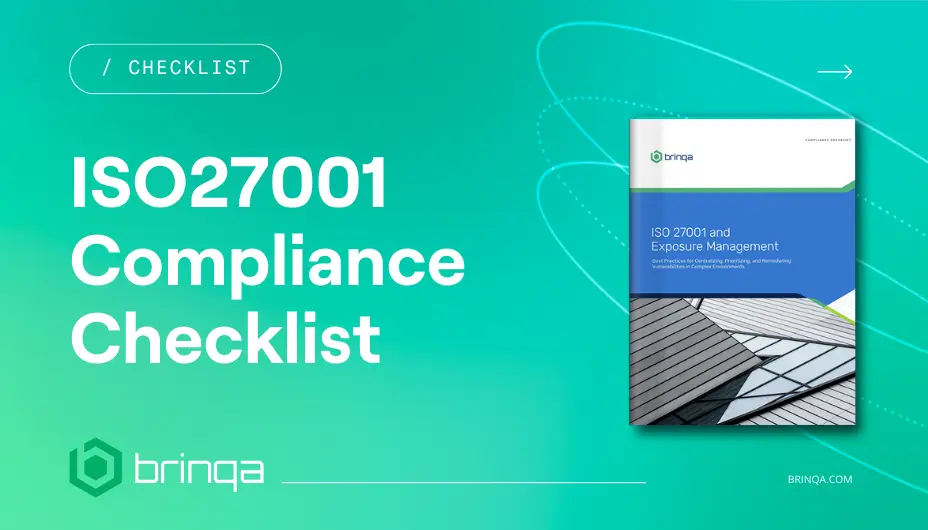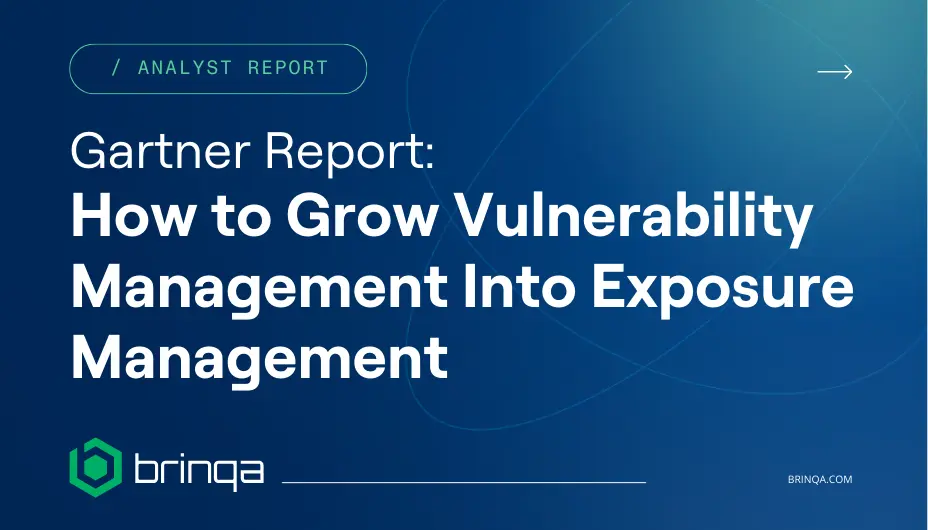A Practical Guide to Vulnerability Management for the Cyber Resilience Act
The EU Cyber Resilience Act (CRA) introduces mandatory security requirements for software and hardware products with digital elements (PDEs) sold in the European Union. For manufacturers, importers, and distributors, aligning your product security lifecycle with CRA Articles 13 and 14 is essential to avoid penalties, market bans, or delays in CE marking.
Brinqa’s free EU CRA compliance checklist outlines best practices for meeting the regulation’s vulnerability management requirements, including secure-by-design development, SBOM creation, risk documentation, and remediation tracking.
What you’ll learn:
This checklist outlines best practices to help teams:
- Align secure-by-design and secure-by-default practices with Article 13
- Establish vulnerability handling policies, testing, and SLAs
- Create audit-ready reports, remediation evidence, and CE documentation
- Integrate threat intelligence and contextual risk scoring into workflows
- Support CRA vulnerability disclosure timelines (24 hours to ENISA/CSIRTs
Non-compliance with the CRA can result in fines up to €15 million or 2.5% of global turnover. With most provisions taking effect in 2027—and disclosure obligations starting as early as September 2026—it’s critical to prepare now.
Use this checklist to identify process gaps, prioritize improvements, and streamline CRA alignment across your organization.



